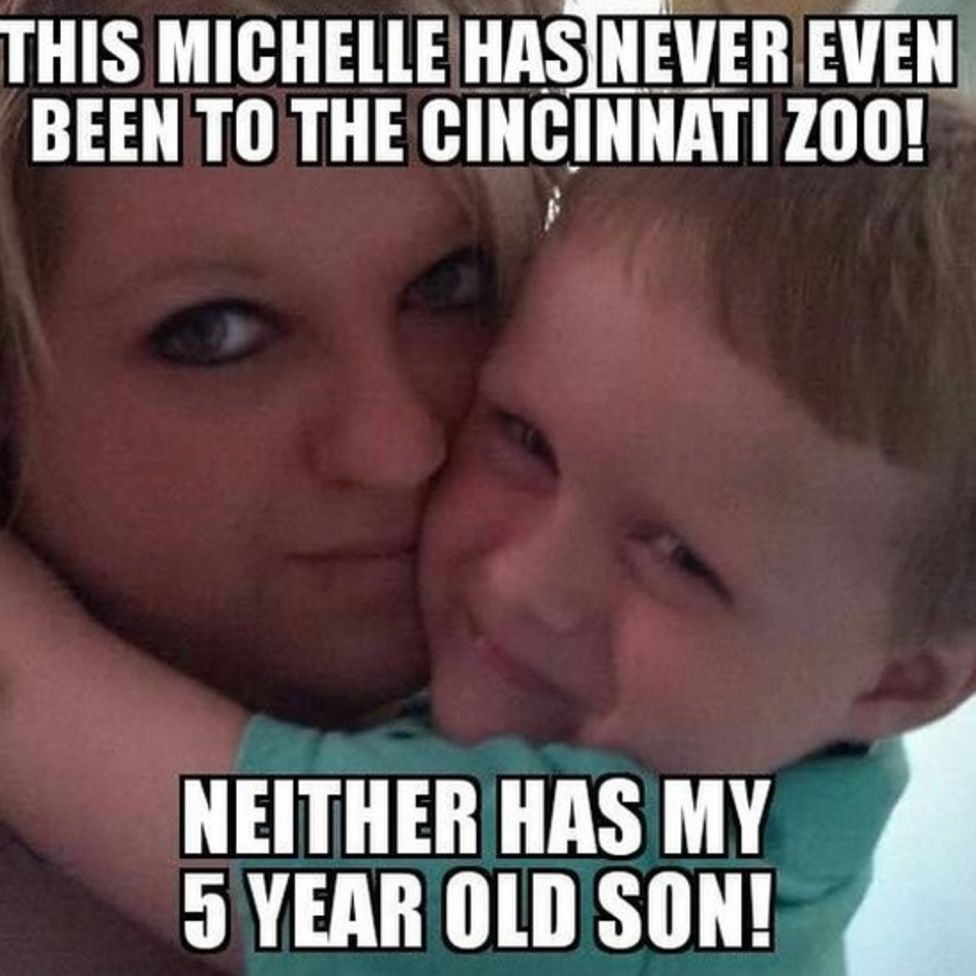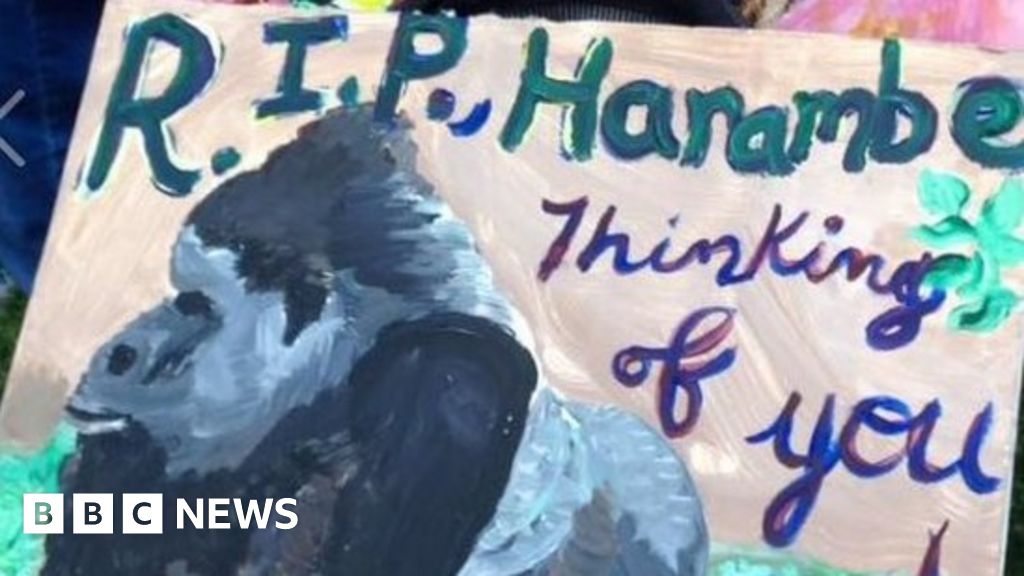Harambe Incident: FAQs & The Controversial Aftermath
Did Harambe, the majestic silverback gorilla, intend to harm the young boy who fell into his enclosure at the Cincinnati Zoo on May 28, 2016? The actions of Harambe that day remain a subject of intense debate, but the tragic outcome the gorillas death underscores the complex ethical and emotional dimensions of the incident.
The events that unfolded at the Cincinnati Zoo on that fateful day were a confluence of unfortunate circumstances. A young boy, reportedly three years old, breached a barrier and tumbled into the moat surrounding Harambe's enclosure. The gorilla, a critically endangered Western lowland silverback, then interacted with the child. Video footage shows Harambe grabbing and dragging the boy, leading zoo officials to make the agonizing decision to shoot and kill the animal to protect the child's life. This decision sparked global outrage and sparked heated discussions about animal welfare, parental responsibility, and zoo protocols. The immediate question of Harambe's intentions was overshadowed by the broader implications that continue to resonate within the fields of animal welfare and zoo management.
Here is a table that contains information about the incident:
| Aspect | Details |
|---|---|
| Date of Incident | May 28, 2016 |
| Location | Cincinnati Zoo, Ohio, USA |
| Animal Involved | Harambe, Western Lowland Silverback Gorilla |
| Child Involved | A 3-year-old boy (Name: Isaiah) |
| Circumstances | The boy climbed a barrier and fell into the gorilla enclosure's moat. |
| Harambe's Actions | He grabbed and dragged the child, though the extent of his intentions remains debated. |
| Zoo's Response | Zoo officials shot and killed Harambe to protect the child. |
| Child's Injuries | Reported broken hand and cuts to the face. |
| Public Reaction | A mix of outrage, sadness, and blame, particularly directed toward the child's parents and the zoo. |
| Legal Consequences | No charges were filed against the parents. |
| Ethical Debates | Focused on animal welfare, the ethics of captivity, parental responsibility, and the use of lethal force. |
| Long-Term Impact | Increased awareness of zoo safety, animal welfare, and conservation issues. |


